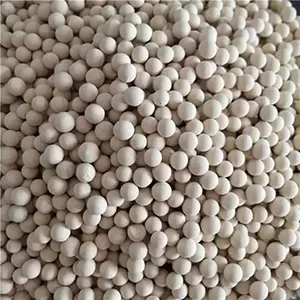3A molecular sieve is considered non-toxic to humans under typical handling and usage conditions. Its primary composition—aluminosilicate crystals with potassium cations—forms an inert structure that does not release harmful substances or react with biological tissues. This stability makes it safe for industrial environments where direct contact is limited, such as in packed drying columns or sealed equipment.

Potential risks are minimal and primarily associated with dust inhalation. Fine particles of 3A molecular sieve, if airborne during handling or packing, may irritate the respiratory tract, causing temporary coughing or throat discomfort. This is a physical effect rather than chemical toxicity, similar to exposure to other inert dusts like sand or clay.
Skin contact with 3A molecular sieve is generally harmless, as it does not absorb into the skin or cause chemical burns. Ingestion is rare but unlikely to cause systemic harm, as the sieve’s insoluble structure passes through the digestive system without releasing toxic components.
To ensure safety, industrial protocols recommend wearing dust masks and gloves when handling powdered or crushed 3A molecular sieve, preventing inhalation and reducing irritation risks. Proper ventilation in sieve processing areas further minimizes exposure, confirming its status as a low-risk material in human contact scenarios.

